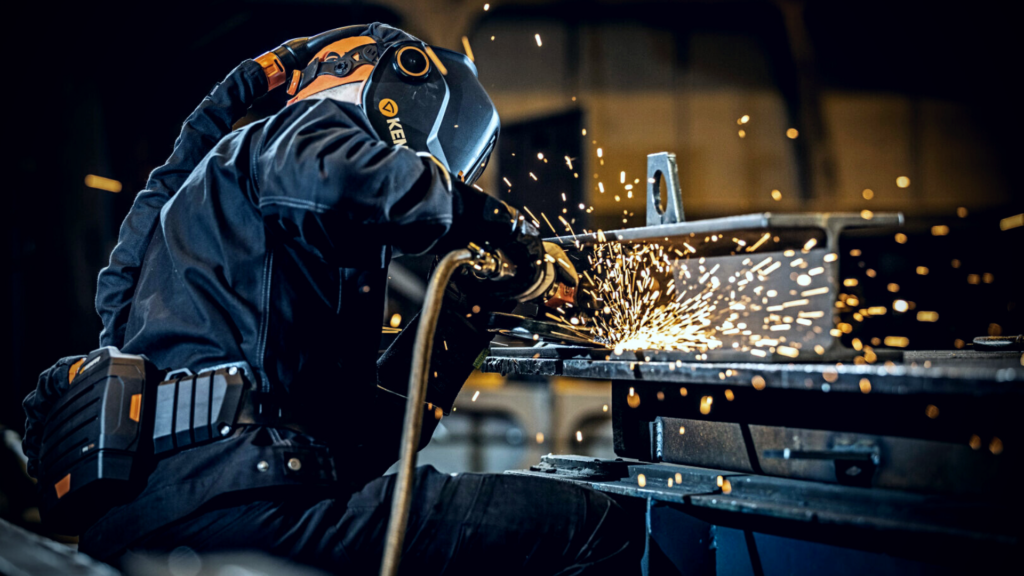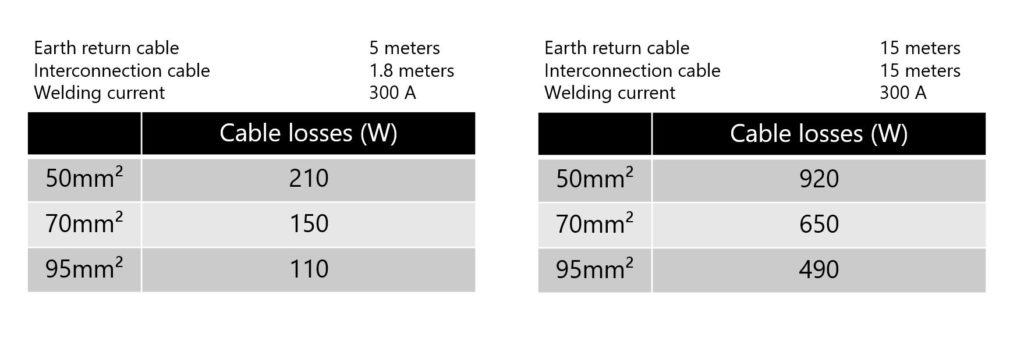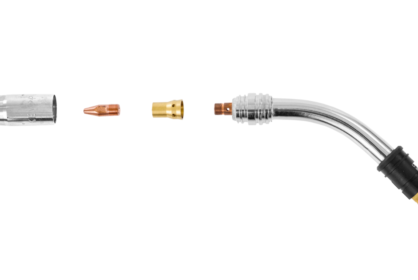This post is also available in: 


The energy crisis is real, and it is here now. It affects the energy-intensive welding industry because welding refers to the uniting or fusing of pieces by using heat and/or compression so that the pieces form a continuum, thus consuming plenty of energy. How can we cut energy consumption in the welding industry? Unless we’re prepared to weld by candlelight, we cannot simply refuse to weld until the energy crisis is over. But there is a solution, small changes to daily work can result in significant energy savings in the long run.
“With energy uncertainty seemingly the name of the game for the foreseeable future in Europe, experts say that reducing energy demand will likely have to become a habit. Europe’s best option to handle the situation would be to keep domestic consumption in control through energy-saving measures where necessary. European nations have already resorted to energy rationing measures this year, including mandatory requirements to cut power consumption.” – Fortune.com
The quote above is dated October 2022, and the need for reducing energy consumption has grown through the winter months. The manufacturing industry consumes a large portion of global energy resources, and it is important to be part of, or even the driving force behind, energy savings. Kemppi has put together six ways to save energy and weld smarter.
1. Reduce after work, reduce energy consumption
Surely you are not a big fan of grinding and time-consuming after work. We have some good news for you! By investing in a welding machine with superior arc performance, you can save time for something more productive. What may seem like a high initial investment, is a guaranteed payback in the long run through both weld quality and a welder’s time. The time saved means you can dedicate more time for welding. And hey – reduced after work means reduced energy consumption!

2. Choose smart solutions to save energy
Welding refers to the uniting or fusing of pieces by using heat and/or compression so that the pieces form a continuum. That is why the welding industry is, by nature, energy intensive. A specific volume of molten metal needs a certain amount of energy. Simply put, less molten metal means less energy consumption. Smaller groove volume yields significant cost savings through reductions in welding time, filler material, and energy consumption. Reducing the groove angle can significantly increase the efficiency and productivity of welding heavy metal structures. Kemppi Reduced Gap Technology (RGT) is an intelligent welding solution that enables reliable narrow gap welding of materials with a thicknesses of up to 30 mm, without the need for special equipment or accessories. Together with other special processes, RGT increases welding efficiency and reduces overall energy consumption. Investing in smart solutions saves time, energy, and a welder’s nerves.
3. Always choose the optimized set-up for your welding work
Did you know that the ultimate way to save energy during welding is to use thick welding cables with the optimal length? This may sound too simple, but it is true. The extra length of welding cable and the minimum size alone, i.e. the cross-sectional area of the welding cables will ultimately lead to energy loss. And, of course, good quality copper cables are more reliable and economical in the long run than their cheaper mass-produced cousins. Choosing the correct cables will pay for itself through energy savings.

4. Use the latest technology to save energy
No matter how you approach it, welding is energy-consuming yet necessary work in today’s industry . However, the latest technologies already pay great attention to energy efficiency and environmental issues. As a responsible manufacturer, we at Kemppi invest a lot of resources in the R&D work to further develop our welding machines to reach the next level – in terms of quality, performance, and energy efficiency. This work consists of careful material choices, shaping industry standards, and improving the existing technologies (while also adapting new ones). Energy efficiency is one part of our work. With Kemppi, your welding is energy-conscious welding.
5. Invest in the future
Global energy demand is constantly growing. We need to increase the use of renewables to reduce carbon emissions. Kemppi participated in Power2Power*, a European co-funded innovation project to enable sustainably competitive European technologies and a strong innovation and production capacity. By working together, we can stand strong in front of today’s challenges and find ways to reduce energy consumption. Collaboration, a strong R&D commitment, and new innovations are Kemppi’s way toward a more sustainable tomorrow. Kemppi aims to pioneer welding technology while also establishing our voice as an opinion leader moving towards a greener industry. By being aware of what is happening around us, we can all care for our share and take action on ways to build a better tomorrow.
(*Power2Power has received funding from the ECSEL Joint Undertaking (JU) and National Funding authorities from eight involved countries, including Austria, Finland, Germany including the Free States of Saxony and Thuringia, Hungary, the Netherlands, Slovakia, Spain and Switzerland.)
6. Do not settle for anything below the standards
In 2021, the European Union set an Ecodesign Directive to make sure that welding machines (among other energy-related equipment) sold in the European market comply with the norms and standards required and that they are cost-efficient to operate. By investing in a welding machine made in Europe, you can be sure that the manufacturer is responsible, that spare parts will be available even after production has ended, and that your welding machine complies with eco-friendly consumption standards. As one of our own initiatives and following the practice of continuous development, Kemppi has already complied with these standards many years before the Ecodesign Directive took effect.

Many small streams make one big river. It is not possible to change the world overnight, but it is possible move forward by taking action in small ways. Reducing energy consumption and finding more energy-conscious ways of working are required from all of us – energy-wise thinking is critical to making the changes that will secure our common future.











